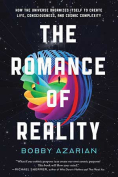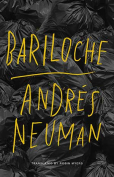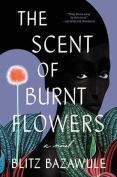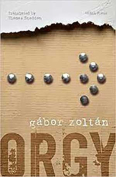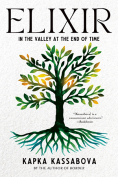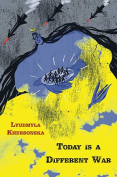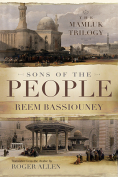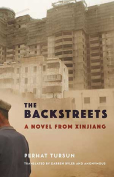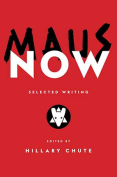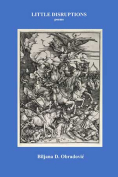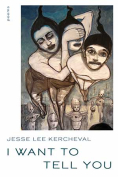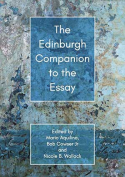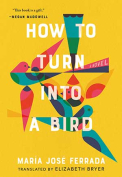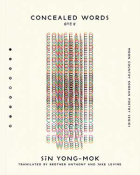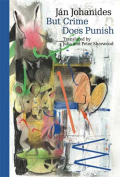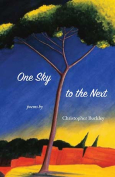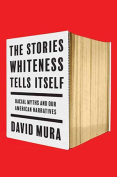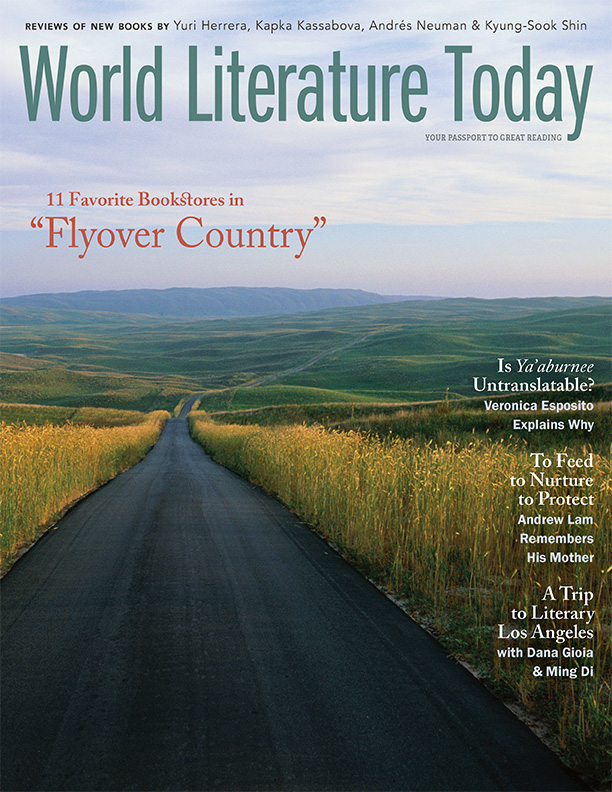The Stories Whiteness Tells Itself: Racial Myths and Our American Narratives by David Mura
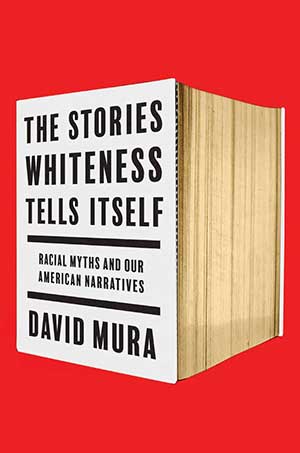 Minneapolis. University of Minneapolis Press. 2022. 292 pages.
Minneapolis. University of Minneapolis Press. 2022. 292 pages.
The truth hurts. Or as James Baldwin, patron saint of twentieth-century American literature and David Mura’s book, more insightfully puts it in The Fire Next Time, “I imagine one of the reasons people cling to their hates so stubbornly is because they sense, once hate is gone, they will be forced to deal with pain.” In this collection of essays, which starts with the police killing of Philando Castile in 2016 and ends with the police killing of Daunte Wright in 2021, Mura examines the various ways white and other people in the United States cling to whiteness, a narrative created “to maintain white supremacy and the domination by white people over any people of color,” and the ways in which this narrative continues to create pain and suffering for all involved. It’s an ambitious and far-reaching collection that “intertwin[es] the historical, theoretical, literary, psychological, ethical, personal, and contemporary” to better understand the ways in which Whiteness effaces our actual national history and present situation and blocks our ability to move beyond the repetition of the same violences, injustices, and inequalities.
Mura, a third-generation Japanese American poet, writer, critic, and playwright living in Minneapolis who has written about race since 1988, organizes the collection into four main parts. In the introduction, Mura generously shares his own lived experience with whiteness, including the fact that his grandparents and parents were interned during World War II. He “grew up wanting to be thought of as white” and felt he “had achieved something” when his white friend said he thought of him as white. This narrative started to fall apart in college, and after reading Frantz Fanon, James Baldwin, and Toni Morrison in his late twenties (he is now in his sixties), he not only admitted to himself that he was not white and would never be, but he also began to interrogate whiteness, especially in terms of everyday and literary narratives. This led him to conclude that America has always had “two irreconcilable goals”: “equality, freedom, and democracy” and the maintenance of “white supremacy,” a situation which means that the narrative of whiteness is always privileged over the narratives of BIPOC (Black, Indigenous, and people of color) America. In short, the nobility of the first American goal is undermined by the immorality of the second goal, and the corrective, BIPOC American narratives are questioned and maligned.
Part 1 (The Present Moment) begins with an essay on the killing of Philando Castile by suburban Minneapolis police in 2016 and the ways in which Castile’s life, rich with family and a job as manager at a magnet school cafeteria where he was adored by parents and students alike, was marred by fifty-two traffic stops in fourteen years before the final, fatal one. In this essay, Mura addresses the ways in which explicit and implicit racial bias, bias based on our rigged history, plays out in events such as traffic stops and police killings. Mura concludes that only by challenging and replacing the narrative of whiteness can such needless tragedies be ended. The other two essays in this part connect these ideas to the Black Lives Matter movement, the concept of a fulfilled or broken social contract, and James Baldwin’s description of the 1943 Harlem riots in Notes of a Native Son and the ways in which they were born of similar frustration as the civil disturbances in Ferguson, Missouri, following Michael Brown’s killing by police and in Baltimore, Maryland, following Freddie Gray’s killing by police. Part 1 shifts to theoretical concerns near the end with an overview of the structural components of racism along with a more comprehensive definition of racism that accounts for systemic issues and implicit bias, elements that are often overlooked. In summation and with Baldwin as witness, Mura writes, “If white Americans do not believe that Black Americans are equal and human, Baldwin says, then none of our racial problems can be solved.”
The essays in part 2 (How We Narrate the Past) cover, among many other things, philosophical terms such as ontology (what we know) and epistemology (how we know it) as related to the narrative of whiteness versus American BIPOC narratives; the fact that Abraham Lincoln was a daring leader and an overt racist, a contradiction that the narrative of whiteness cannot accept; the ways in which the failures of Reconstruction in the postbellum South to improve conditions were not just a product of a lack of political will in the North but also the product of particular racist political strategies in the South; and the insight that whiteness is the default narrative in much of contemporary American literature by white people, which serves to further establish whiteness as the primary narrative for everyday occurrences. It’s a lot to pack into one section, but the concept of narrative and the ways in which historical and current narratives shape our present moment nicely hold it together.
The essays in part 3 (Where Do We Go from Here?) delve into potential solutions, Baldwin’s classic essays on race and his conclusions, including his journey to see and tell the truth without becoming bitter or despondent, the further and underreported costs of whiteness’s racism, the ways in which white people can abandon the harmful narratives of whiteness, and the fact that everything in this book is still highly relevant given the police killing of Daunte Wright in Minneapolis on April 11, 2021. (And I would add the ongoing and justified outrage over the citizen-vigilante strangling death of Jordan Neely on a New York City subway as I write this review.) Mura ends by proposing a three-step solution to the seductive monolith of whiteness, presumably for whites but clearly for some BIPOC people too: 1. Educate yourself and diversify your circle of friends; 2. Let go of and grieve your old identity; and 3. Develop the strength and character to fight for BIPOC narratives and a more complete history of this country.
As with most ambitious projects, this one has some issues. First, it surprises me that Mura, who admits in the introduction to his own seduction by the promised security and power of whiteness, doesn’t delve more into the complication that the police officer who shot Philando Castile five times at point-blank range in Minneapolis in 2016 was Jeronimo Yanez, a non-Black Latino. In addition, especially in light of the socialist and communist affiliations of early figures in whiteness studies such as W. E. B. Du Bois and Theodore W. Allen, an essay on the ways in which whiteness highlights race issues over class issues in order to achieve its goals would have been ideal, as would have one on the ways in which US capitalism was heavily influenced by chattel slavery, as pointed out by The 1619 Project and other sources. There’s too little on Black joy and achievement in the face of and often in direct opposition to the narrative of whiteness–Motown and hip-hop spring to mind–and finally, while Mura lists and quotes from a copious number of inspiring sources in the text, there is no bibliography or further reading and resources section.
Even so, Mura’s essays are vital given the ongoing parade of whiteness on display via critical race theory hysteria, book bans, Back the Blue stickers and flags, and a GOP wedded to whiteness’s worldview as well as that of white Christian nationalism. “Everywhere we look in contemporary America,” Mura writes, “there is the white story of what happened and the stories witnessed and created by BIPOC America.” It is imperative that this whiteness is interrogated and these BIPOC narratives acknowledged and incorporated as we head into the 2024 presidential election season and a 2040 demographic shift, at which point no one will technically be the majority in the United States. Mura’s collection is a brave and needed addition to whiteness studies and BIPOC critiques of this country, critiques that are made to benefit everyone by making this country live up to its stated purpose of “equality, freedom, and democracy” and jettison its worn out, dangerous baggage of white supremacy.
 Timothy Bradford is the author of the poetry collection Nomads with Samsonite (2011). He is a lecturer in the Expository Writing Program at the University of Oklahoma, where he co-directs the Mark Allen Everett Poetry Series and volunteers with the Writer’s Guild at Joseph Harp Correctional Center.
Timothy Bradford is the author of the poetry collection Nomads with Samsonite (2011). He is a lecturer in the Expository Writing Program at the University of Oklahoma, where he co-directs the Mark Allen Everett Poetry Series and volunteers with the Writer’s Guild at Joseph Harp Correctional Center.
